When Jesus and his followers encountered a man blind from birth, the disciples asked, “Rabbi, who sinned, this man or his parents, that he was born blind?” Jesus replied, “Neither this man nor his parents sinned; he was born blind so that God’s works might be revealed in him” (John 9:1–3).
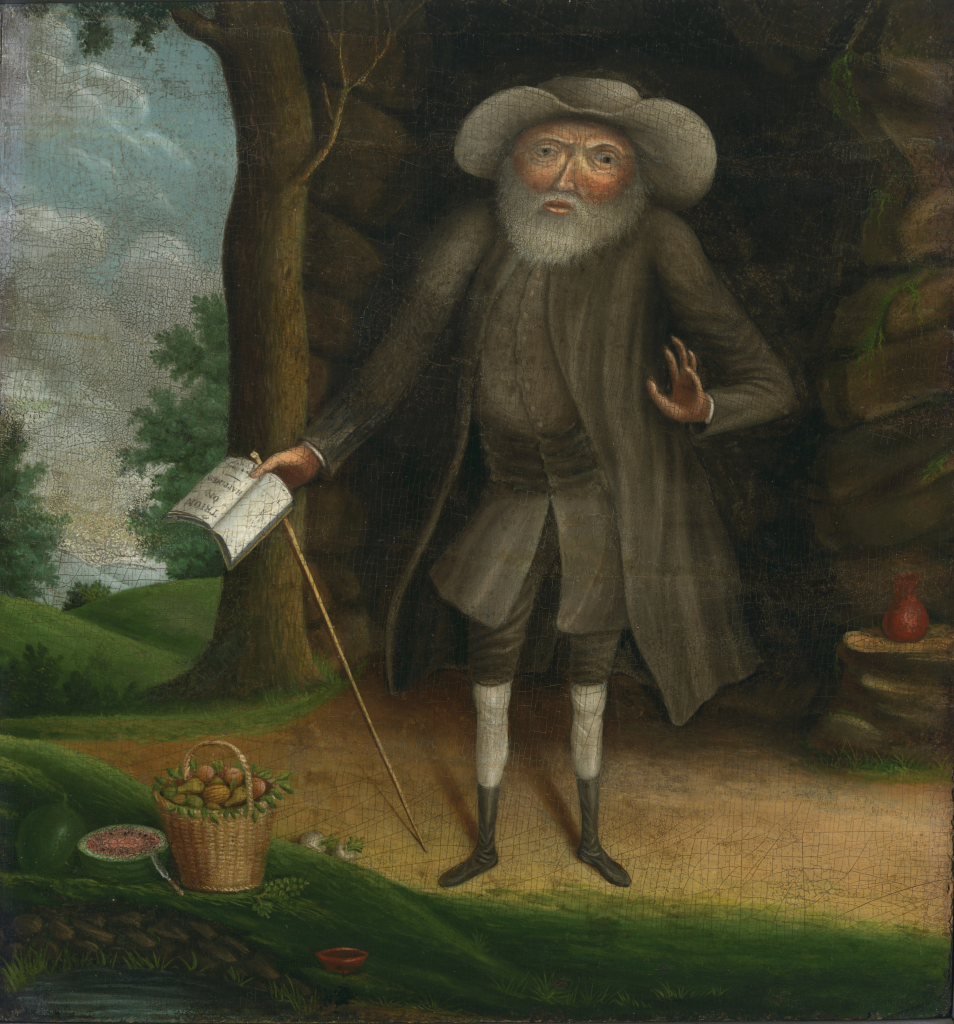
Traditional interpretations of this scripture say the man was born blind just so Jesus could come along and heal him, displaying the power of God. But what if Jesus meant something else?
Might he instead have been pointing to this passage of scripture: “I am fearfully and wonderfully made. Wonderful are your works” (Ps. 139:14)? This verse doesn’t leave out people with disabilities. Instead, the psalmist implies that God formed each of us individually, intentionally, wonderfully. The man born blind reveals God’s works just as much as any seeing person. As many saints and holy people have reminded us throughout history, people with disabilities are also fearfully and wonderfully made.
The belief that physical impairment was punishment for sin remained common throughout the Middle Ages (and still lingers in our modern minds). Then, in the 17th century, the Enlightenment added new ideas to the way Westerners think about disability, creating so-called scientific standards to distinguish between the “fully human” (or “normal”) and the “sub-human”—a category that included “monstrosities.”
In the early 1700s, a man named Benjamin Lay boldly claimed for himself the category of “monstrosity”—and he used his body as an implement of justice, fighting for people white society had also declared “unfit.” Born with a twisted spine, Lay’s adult body remained the size of an average 10-year-old’s, with arms as long as his frail legs. He viewed his disability not as divine punishment, however, but as a gift. He used his body to proclaim the works of God.
After seeing slavery’s brutality firsthand, Lay realized his disability meant he had much in common with enslaved Black people: Like them, he was socially ostracized, labeled deviant, and suffering from physical pain. Lay also recognized he had a privilege enslaved people lacked: the freedom to take a public stand against slavery.
He proceeded to do so, dramatically, loudly, conspicuously. As a religious and societal outsider, he felt free to aggressively counter claims that the Bible endorsed slavery. Moses became his role model, for God chose Moses, who had a speech defect, to be an instrument of freedom.
Although Lay had been raised a Quaker, the American and English Friends disowned him. Undaunted, he turned to the writings of Thomas à Kempis, finding there the spiritual encouragement he needed.
“Love feels no burden, thinks nothing of its trouble, attempts what is above its strength, pleads no excuse for impossibility, for it thinks all things are lawful for itself and all things are possible,” wrote à Kempis. Lay took him at his word. Following Christ’s law of love rather than the unjust laws of his era, Lay fought fiercely against slavery, especially in the city of Philadelphia.
Lay’s anti-slavery demonstrations were powerful and unconventional. With Benjamin Franklin’s help, he published a booklet titled All Slave-Keepers That Keep Innocents in Bondage, Apostates. He soundly denounced people who called themselves Christians while supporting slave labor. He used his own “deformed” body to proclaim the value of all bodies.
In 1758, the Quakers were the first to respond to Lay’s fight for justice. When Lay heard the Philadelphia Friends’ Yearly Meeting had voted to officially condemn slavery, he shouted, “Thanksgiving be rendered unto God! I can now die in peace!” He died a few months later, leaving the fight for abolition in others’ hands. He had done his part to reveal God’s love—not despite his small stature and twisted bones but because of them.
Theologian Deborah Creamer reminds us that Christ is incarnated in each of our unique bodies. In an article for the Journal of Religion, Disability & Health, she writes that this offers “us a positive way to look at disability . . . as another complex aspect of who we are—sometimes an inconvenience, sometimes painful, sometimes valuable.”
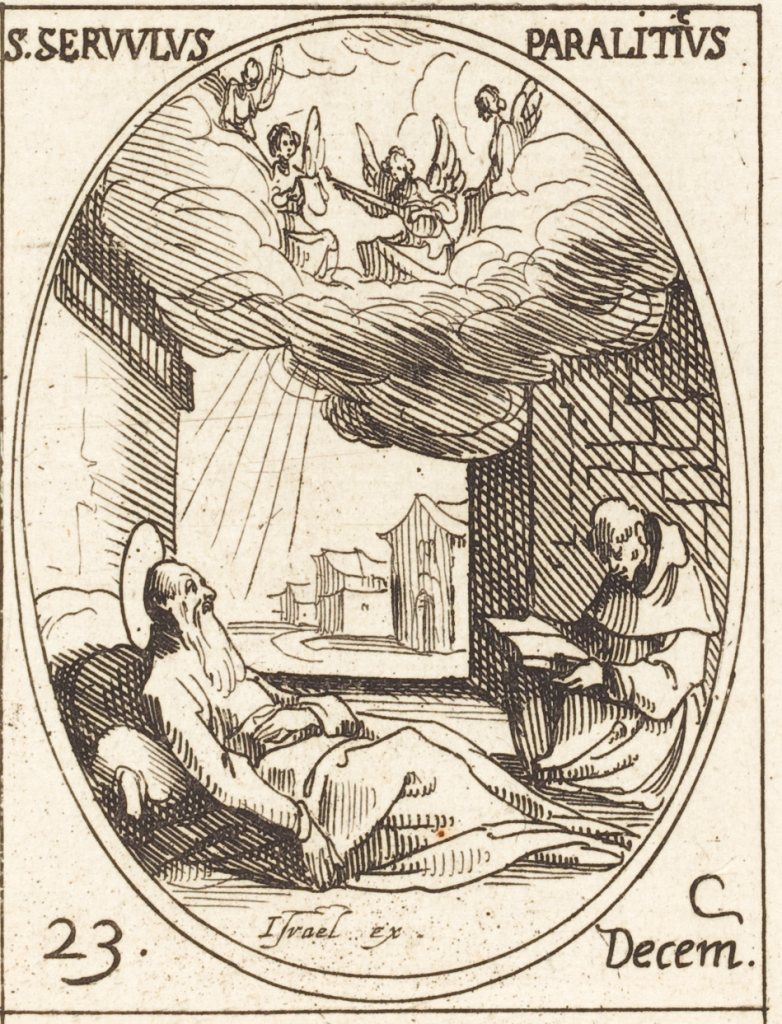
God gave the divine image to all humanity, no exceptions. And yet, as Creamer points out, our world teaches us to judge ourselves and others by what we lack. “If we accept the claim that disability is an essential part of who we are,” she goes on to say, “healing and wholeness . . . [are] not something that can be assessed on the basis of what body parts are present or how well they work. A far more important measure is the way we view ourselves.”
Catholic heritage holds many examples of disabled saints who understood this reality, who viewed themselves as empowered by their disability. Their stories, like Benjamin Lay’s, inspire us to consider how we think about our own and others’ bodies.
Blessed Margaret (1287–1320), for example, had the same congenital conditions as Lay. Her parents were so ashamed and horrified that they kept her locked away from other people for her entire childhood. When she was 16, they abandoned her completely. She spent the rest of her life living among the poor, working to help them in whatever way she could. She taught children, visited prisoners, cared for the sick, and kept the dying company. According to one biographer, she always insisted her afflicted body “was her way to heaven.”
Blessed Hermann of Reichenau (1013–1054) is another example of someone whose body spoke clearly of God’s love, even though he was born with a cleft palate and what would today be diagnosed as cerebral palsy and spina bifida. Unable to walk, he had to be carried everywhere, but after he joined a monastery, his fellow monks helped him claim his creative and intellectual powers. He made scientific inventions, wrote a book of Christian history, and composed music (including, perhaps, the Salve Regina).
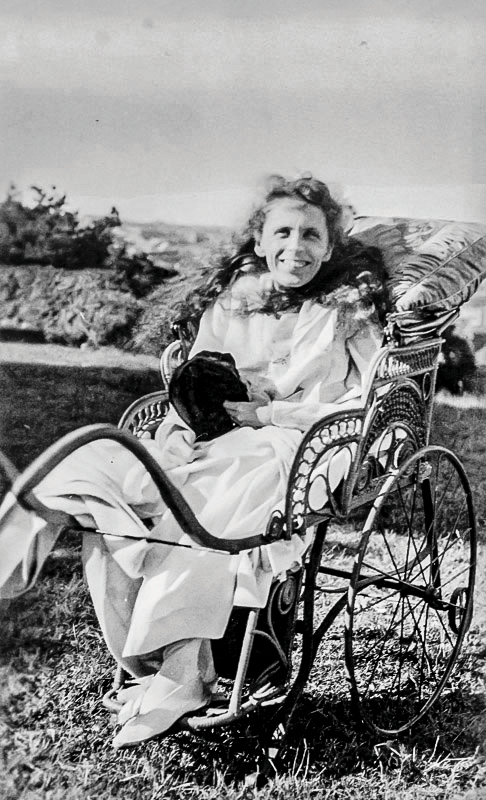
St. Servulus, born nearly 500 years before Blessed Hermann, had similar, though more severe disabilities. He could not feed himself or even turn his head from side to side. His mother and brother carried him daily to a church in Rome, where he learned scripture passages by heart. He lived off whatever passersby gave him, which he shared with the beggars around him, and spent his time singing hymns. St. Gregory says of Servulus: He “exemplified what our divine Redeemer taught us.”
St. Joseph of Cupertino (1603–1663) had a different sort of condition, which most likely included both a learning disability and attention-deficit/hyperactivity disorder (ADHD). Unable to learn like other children, he was clumsy, forgetful, and prone to emotional outbursts. He got on people’s nerves. His family rejected him, and when he joined a monastery, his fellow monks considered him utterly useless. Despite this, Joseph was good-humored and liked to make people laugh. He was kind to animals and loved to tell people about God’s love. While his peers continued to reject him, ordinary people flocked to him, attracted to his radiant, mystical connection with God. He didn’t need eloquence or sophistication. The love of God rang in his laughter and shone from his smiling face.
The list of holy people who employed their disabilities in God’s service is a long one. Servant of God Eileen Rosaline O’Connor (1892–1921) broke her spine when she was a toddler and was never able to walk. She grew to be only 3-foot-9 and experienced physical agony the rest of her life—and she founded the Society of Our Lady’s Nurses for the Poor, an order that provides free nursing services in people’s homes.
Servant of God Darwin Ramos (1994–2012) lost his mobility to Duchenne muscular dystrophy. While living in a home for disabled street children, he took on a role of joyous spiritual leadership. He said his disability was his “mission for Jesus.”
St. Paulina (1865–1942), who lost an arm because of diabetes, wrote: “Be humble. Trust always. . . never, never must you let yourselves be discouraged, despite contrary winds. . . . Be faithful and forge ahead!” In a 2002 homily during St. Paulina’s canonization, Pope John Paul II encouraged us all “to hear the cry of reality with its needs.”
Disability is a reality we cannot look away from. In Vulnerable Communion: A Theology of Disability and Hospitality (Brazos Press), theologian Thomas E. Reynolds defines it as a physical condition that keeps someone from meeting social expectations, restricting their participation in mainstream society.
That’s a human definition, though, one that God doesn’t recognize. As our government considers a new outlook on disability rights, we must ask ourselves: Do people whose bodies look or work differently deserve inclusion, modifications, and protections that allow them to fully access our society’s opportunities?
The lives of Benjamin Lay, St. Servulus, St. Paulina, and all the rest answer: “Yes!” They proclaim the power of all people to bring justice to our world. They encourage us to use our bodies, whatever their abilities and disabilities, to reveal the works of God. And they insist that everyone must be included, not only in the church but in our entire society.
This article also appears in the May 2025 issue of U.S. Catholic (Vol. 90, No. 5, pages 17-19). Click here to subscribe to the magazine.
Images: Wikimedia Commons


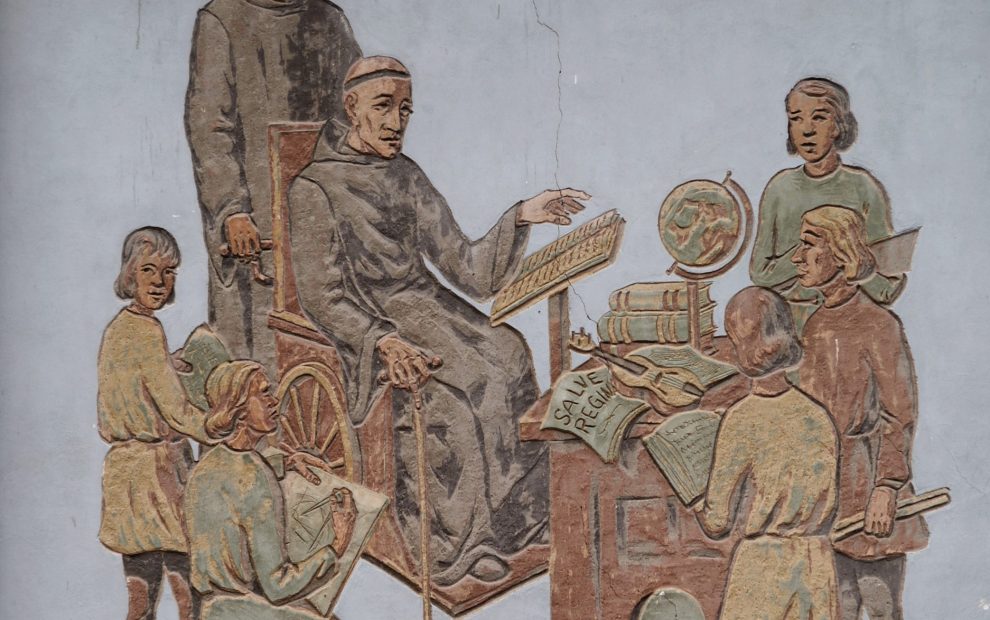


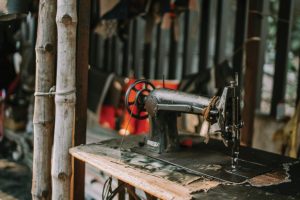
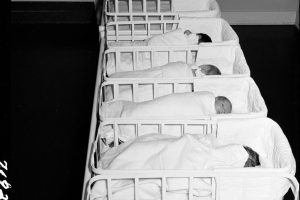
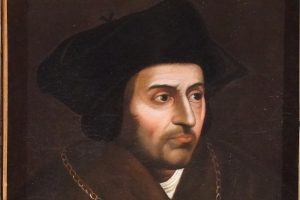





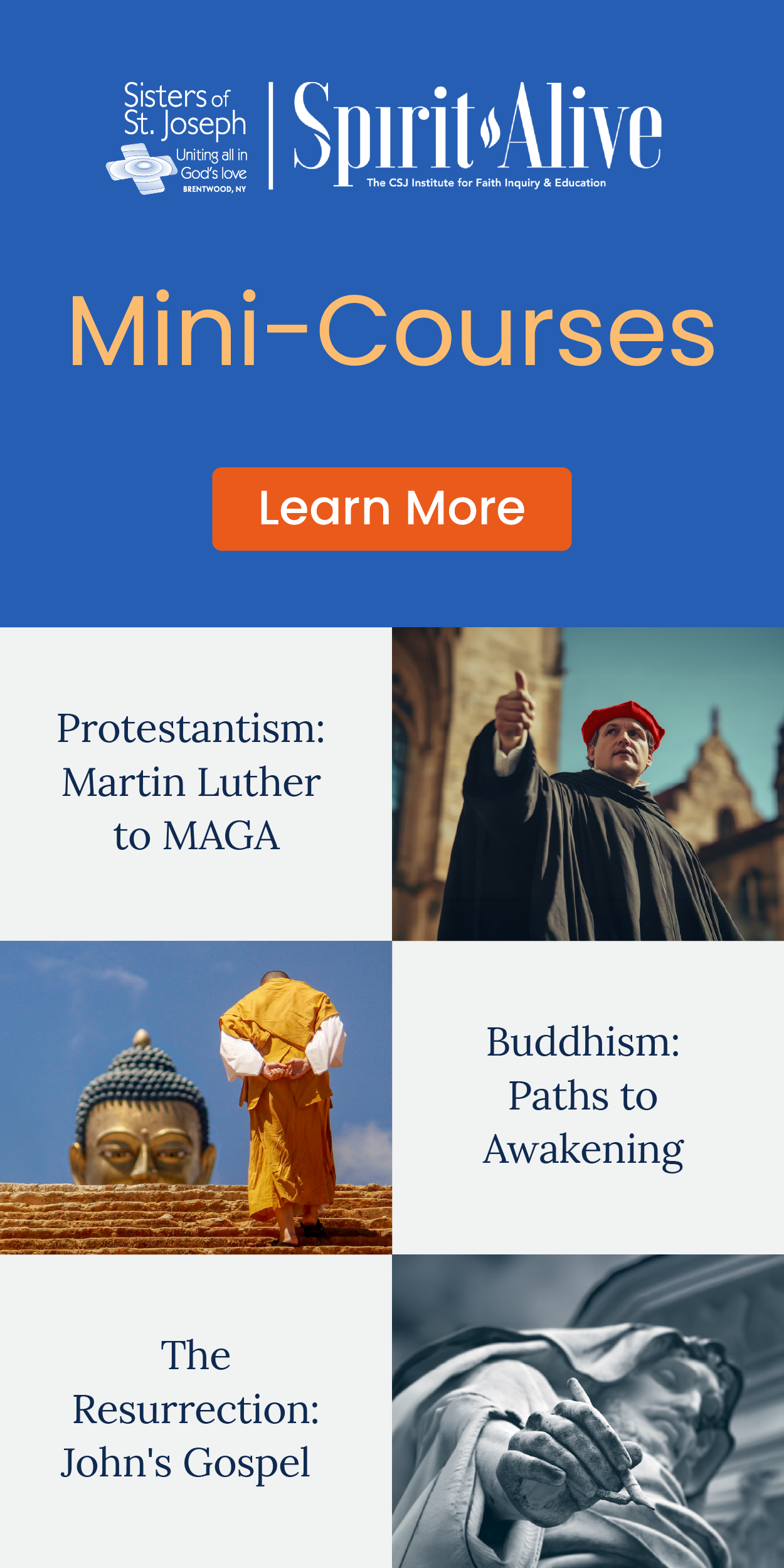
Add comment